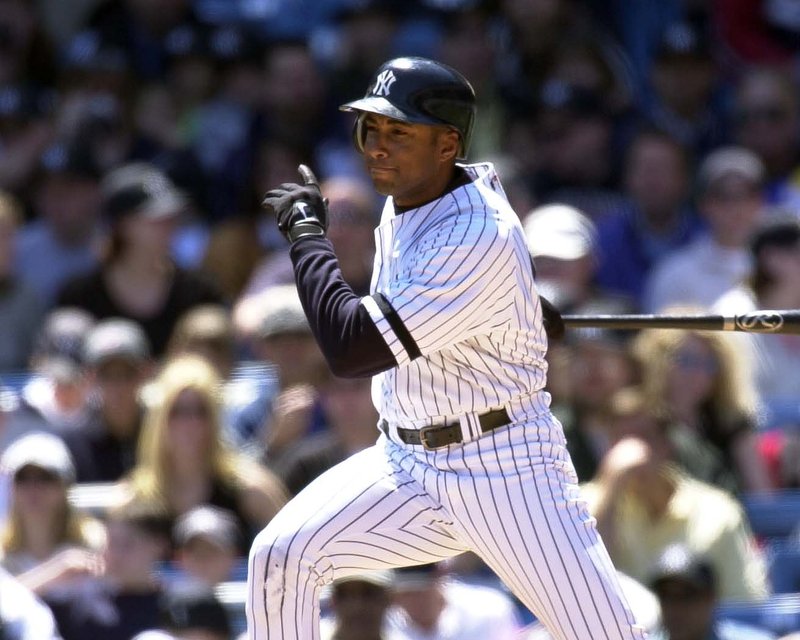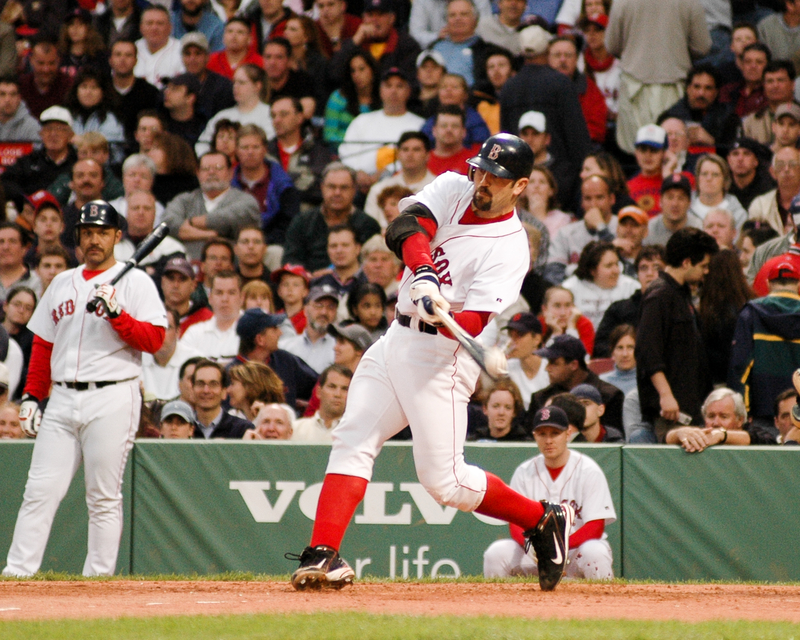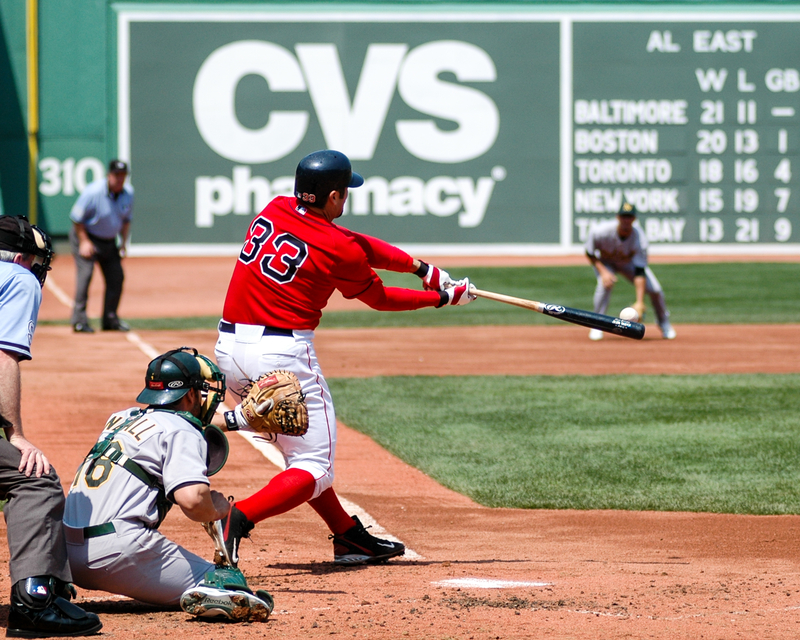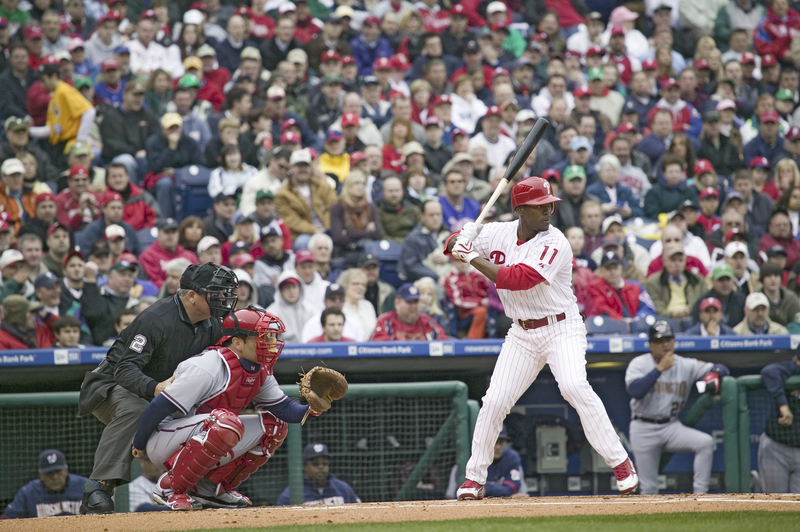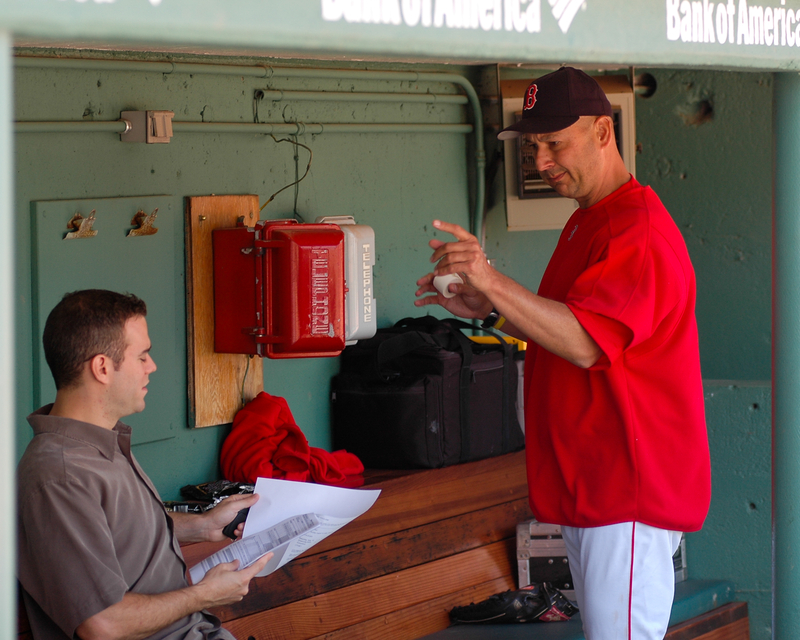Last updated on November 3rd, 2023 at 08:31 am
A switch hitter is a baseball player who can hit effectively from the left and right sides of the plate. These hitters tend to have consistent batting averages and power when hitting as a lefty or righty, making them valuable to any team to have on their roster. As a switch-hitting player, you technically have an advantage at the plate against either a lefty or righty. The edge comes from giving your eyes the best viewpoint of their arm delivery when at the plate.
So, how do you become a switch hitter in baseball? Why is there an advantage to being a switch hitter viewing your eyesight of the pitch? How do Major League managers utilize switch hitters in their lineup to give them an edge? Who are some of the most famous switch hitters to play in MLB?
Here is the complete breakdown of switch hitters in baseball.
What is the Advantage of Being a Switch Hitter in Baseball?
First, switch hitters tend to have the upper edge against a pitcher’s plate appearance since they will have the best angle at the pitcher’s delivery. For example, a hitter batting lefty might have difficulty picking up the arm angle against a lefty since their arm might release the pitch that appears to be coming towards their body. Lefty pitchers do this against lefty batters because the natural reaction is for the hitter to flinch or give up on a pitch. After all, it looks like the ball might hit them, but then it curves into the strike zone from the angle they give it via their delivery. As a switch hitter, the batter can swing righty against a lefty, which means they will have a clear view of the arm angle on every pitch, which gives them an advantage over a lefty-only hitter.
Second, swinging from both sides of the plate can reduce injuries to the batter. For instance, as a lefty hitter, you are moving your body from left to right on each swing, which can damage your obliques. As a switch hitter, you can give one side of your obliques some rest if you can swing the bat from both sides of the plate.
Third, a switch hitter is a gift to any baseball manager making the batting lineup that night. For instance, there might be a lefty pitching, and the manager has some lefties in the lineup who don’t hit well against lefty pitchers historically. By having a switch hitter in the batting order, the manager can keep that player in the lineup and not worry about the matchup since that player can opt to swing righty against the lefty.
Can You Switch Sides of the Plate When Hitting During a Game?
During a baseball game, a hitter can bat from the left or right side of the plate. For instance, a switch hitter can bat four times during the game, three times as a lefty if a righty is on the mound. They can choose to swing their last at-bat from the right side of the plate if a lefty comes in, which gives them that chance to switch during a game via hitting.
Can a Hitter Switch Sides of the Plate During an At-Bat?
As long as it is not during a pitcher’s windup, a hitter can hit from either side of the plate during their plate appearance. That means that a hitter can start the count as a lefty and then change to be a righty if they want to. Players might do this to mess with the pitcher’s head, or they can do this if they feel like their swing is not connecting the way they want from one side of the plate.
However, MLB players tend not to do this during an at-bat because they come up to the plate with a specific goal, and changing the batting side might mess with that strategy.
Is There a Different Approach for Switch Hitters During a Game?
A baseball player who can hit from both sides of the plate might have a different approach when coming to the plate to hit. For instance, Mickey Mantle of the New York Yankees would consider himself a better contact hitter from the right side of the plate but was a much better home run hitter from the left side of the plate since he had more power from that side. He hit 372 home runs as a lefty while hitting 164 as a right-hand hitter in his career.
According to Bleacher Report, Mickey Mantle of the New York Yankees had a .281 batting average as a lefty and a .330 batting average as a righty, which backs up his claim.
How Do Baseball Managers Utilize their Lineup with Switch Hitters?
Baseball managers spend copious amounts of time building out their batting lineup. They tend to work with the statisticians in the organization to look at each matchup and decipher the data to see who has the best matchup against a starting pitcher. When managers don’t have a switch hitter, for example, a lefty who struggles against lefty pitchers, they tend not to start them during the game if the matchup says it is not in their favor.
However, having a switch hitter in the lineup allows the manager to do two things. First, they can keep that player who can hit from both sides of the plate in their lineup, which is good, especially if that player is also good at defense, and they don’t want to lose their glove out in the infield or outfield just because they can’t hit against a pitcher. Second, having a switch hitter allows the manager to sub out a different player in their lineup if the matchup doesn’t look good, which means the manager only has to make one move, not two.
Is There Anything Like a Switch Pitcher in Baseball?
A switch-pitcher is a baseball player who can throw effectively from both sides of the mound. Pat Venditte made history when he changed pitching arms during an at-bat in a minor league game. Ralph Henriquez was a switch hitter during this moment, so he also switched sides multiple times when batting. This exchange between the hitter and pitcher went on for minutes, which then had the PBUC change the rules to state the pitcher can’t change their pitching arm in the middle of an at-bat.
Conclusion: What is a Switch Hitter in Baseball?
In summary, a switch hitter in baseball is a hitter who can hit effectively from both sides of the plate. Being a switch hitter gives your baseball manager flexibility when making their batting lineup, giving your ballclub the best chance to win the game via the numbers and projections. Throughout baseball history, switch hitters have been effective with offensive production. With that advantage being the case, many players train at an early edge to switch hit.
Similar Posts:
What is a Utility Player in Baseball and Softball?
What is Sign Stealing in Baseball
What Does Lob Mean in Baseball and Softball?
Differences Between Baseball and Softball
What is the Strike Zone in Baseball?
What Does BB Mean in Baseball?
How Does Scoring Work in Softball?
What Does the K Mean in Baseball?
Pinch Runner in Baseball and Softball
What Does WHIP Mean in Baseball?
What Does OPS Mean in Baseball?
What is the World Series in Baseball?
Greg Kristan, owner of The Stadium Reviews, LLC and TM Blast, LLC, brings his extensive experience visiting over half of the MLB ballparks, along with numerous MLS, NHL, NBA, and NFL venues, to provide in-depth coverage on the bag policy, food options, and parking. He has also been interviewed about his experiences on several sports podcasts.

